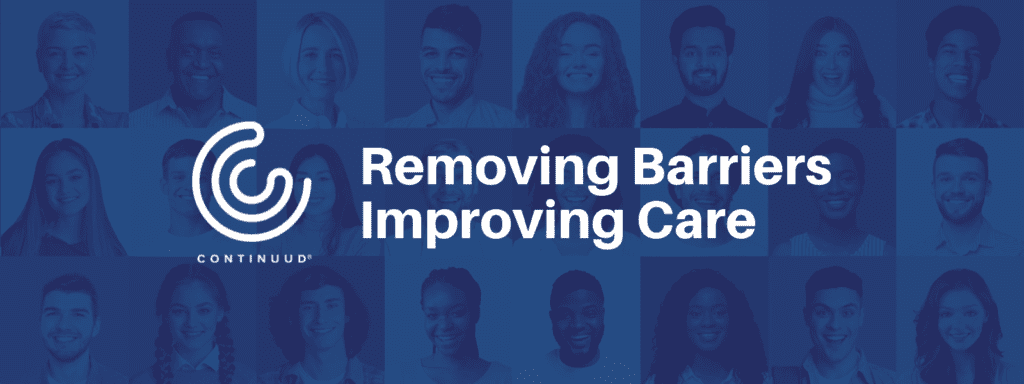Successful treatment starts with an empowering patient experience. According to research by AHRQ, “patient experience positively correlates to processes of care for both prevention and disease management.” This is especially true for patients being treated for chronic diseases. For example, the same health agency found that “diabetic patients demonstrate greater self-management skills and quality of life when they report positive interactions with their providers.” To produce optimal outcomes in patients being treated for chronic disease, providers must cultivate the best patient experience possible, which is made easier by implementing innovative telehealth practices.

An important aspect of treating patients with chronic disease is treatment adherence. Patients who fall out of care are more likely to have complications. Their experiences with care, especially communication with providers, correlate with their adherence to treatment plans. Successful treatment works like a partnership, with frequent, interactive communication producing the best outcomes.
In knowing that communication is directly tied to positive outcomes, it becomes the provider’s responsibility to clear any barriers that could interfere with patient interaction. Often, under-resourced clients struggle with transportation to and from appointments or have another factor limiting their access to treatment facilities. A recent study found that “lack of transportation can lead to higher rates of absenteeism and missed appointments, reduced medication adherence, increased stress levels, poor patient outcomes, and increased disruption in the delivery of care.” When crafting a successful patient experience, it’s important to consider how variables like transportation access and other barriers will influence the patient’s overall experience with a provider. A patient’s journey begins when they leave the comfort of their home, not when they arrive at your office.
Research from the past year – during the COVID-19 pandemic, which disrupted healthcare delivery – supports the efficacy of telehealth practices in treatment and contributes to higher patient satisfaction. A National Library of Medicine study found that “[telehealth] programs are accepted by both patients and providers, can reduce healthcare costs, and may redress inequalities in healthcare access.” As patients experienced telehealth for the first time, they found that they enjoyed it. According to a study by Wakefield Research, seventy-five percent of telehealth patients expressed satisfaction with their care. This also has implications for providers, as patients come to see telehealth as a standard offering, with fifty percent of surveyed patients saying they would be willing to switch providers to continue accessing telehealth services.
Positive patient experiences play a role in determining outcomes, particularly in patients with chronic disease. The formula for creating a positive patient experience is changing. As more patients are introduced to the rapid innovation of personalized telehealth, they will come to see it as the new norm, and will seek out providers that offer it. Telehealth also removes barriers to care and creates a commodity of convenience not previously accessible to underserved populations. When looking at the big picture, we can see how offering a well-designed telehealth intervention model can stand alone as a highly positive patient experience. When implemented alongside other strategies, such as care coordination and ease of scheduling, telehealth can offer large improvements in the patient experience, benefitting both the patient and provider.
If you are interested in learning more about how your team can develop a great telehealth program to improve your patient outcomes, connect with our team for a free digital strategy session.


